Understanding Hotlinking: An Overview of Its Implications and Dangers
Site Audit Issues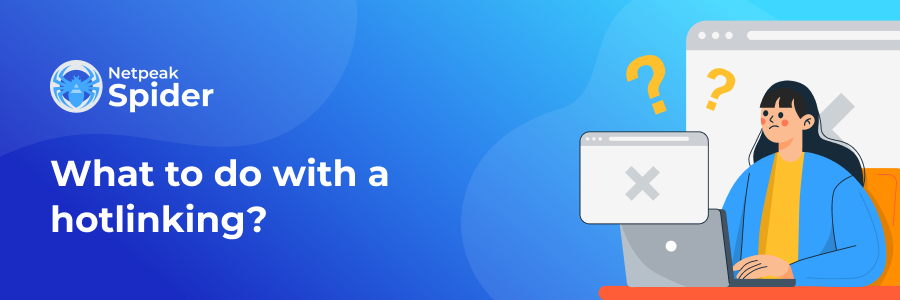
Content:
- Comprehensive Analysis: Why Hotlinking is Detrimental
- Strategies to Prevent and Combat Hotlinking
- Safeguarding Your Website Against Hotlinking
- Step-by-Step Guide: Conducting a Website Audit with Netpeak Spider
- Conclusion: Embracing Best Practices and Forward-Thinking Strategies in Digital Asset Management
Hotlinking is a crucial topic in digital content, but it needs more attention. This article explains what hot-linking is and why it matters so much for website owners, content creators, and the whole online world.
We’ll look at what is hotlinked and why it is generally not a good idea. It raises questions about ethics and legality, and it can use up a lot of online resources. Plus, we’ll show you how to protect your content and keep your online space honest and secure.
Comprehensive Analysis: Why Hotlinking is Detrimental
Hotlinking is when someone uses a direct link to an image or file from someone else’s website on your webpage. This practice isn’t just a technical issue; it’s more serious.
So let’s find out what is hot linking. It’s a big concern for people who create content and run websites, as it goes against basic online ethics.
Ethical Dilemmas of Hotlinking
What is hotlinking? It means using someone’s digital content — images, without considering where it comes from. Basically, it disrespects the creator by not giving them credit and misusing their work. It’s like taking without asking, using their bandwidth. This affects the author and often misleads audiences, changing the content’s intended message.
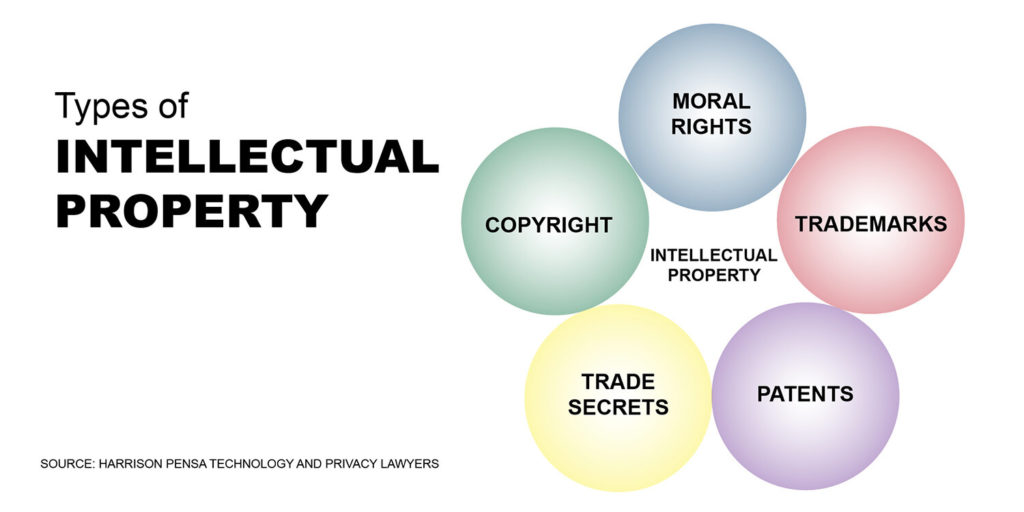
Hotlinking’s ethical problems impact the wider online community. It undermines the respect for intellectual property and lowers the moral bar for creating and sharing content online.
Legal Perspectives in Hotlinking
Hot-linking can cause legal problems for website owners and content creators. It might break copyright laws if someone uses content without owning it or asking for permission. This could lead to legal actions and significant financial risks.
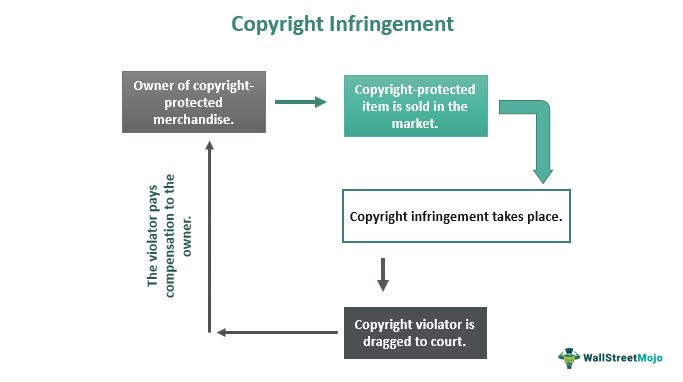
If a website hotlinks, it might face lawsuits from copyright owners. These cases can be costly and lengthy and might result in removing the content and damaging the website’s reputation.
Control and Security Concerns of Hotlinking
Hot linking is a serious legal issue for website owners and content creators. It risks breaking copyright laws if a website uses someone else’s content without permission. This can infringe on the owner’s rights, which include making, sharing, and displaying copies of the work.

Hotlinking without consent can lead to legal trouble, financial risks, and court cases. Copyright owners might sue, leading to expensive and protracted legal battles. The outcomes can be more than just fines—they might include orders to remove content and could damage the reputation of those who hotlinked.
How Hotlinking Can Damage Professional Image
Image hotlinking can damage a brand’s professional reputation. It can make a brand or website look unoriginal and unprofessional, as if they can’t or won’t produce or host their content. This can hurt how much users trust the brand and lower its reputation among its audience.
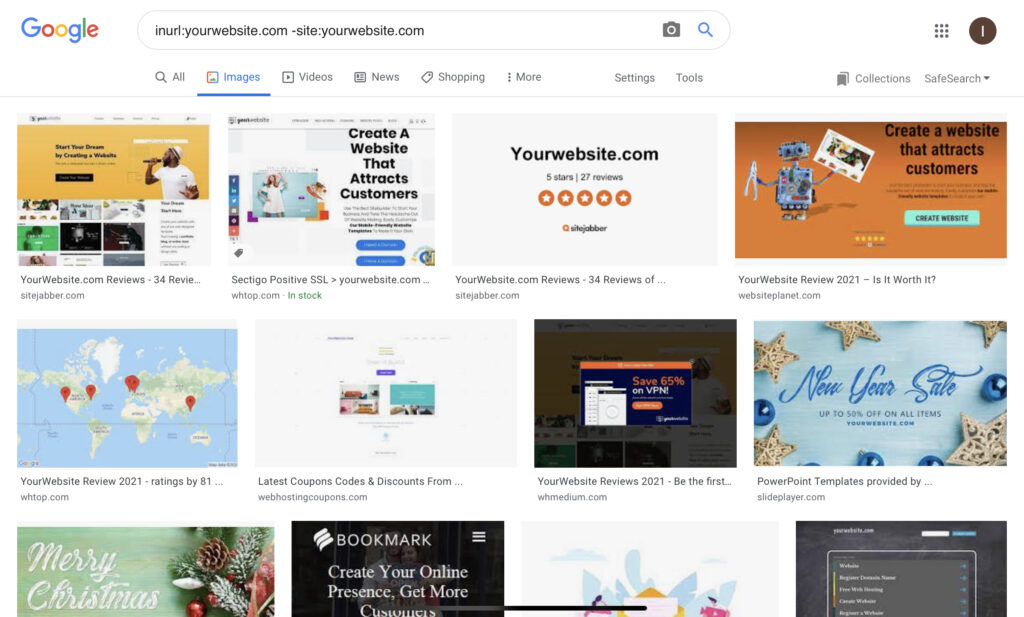
Also, hotlinking can lead to bad experiences for users. For example, if a page loads slowly because it relies on external servers, it can annoy users. This reflects poorly on the brand’s dedication to offering a smooth and professional experience online.
Hotlinking’s Effect on Content Creators and Web Infrastructure
Hotlinking impacts the whole web, not just single websites. It can increase server loads and costs for content creators, as their resources support other sites. This might worsen service for their users.
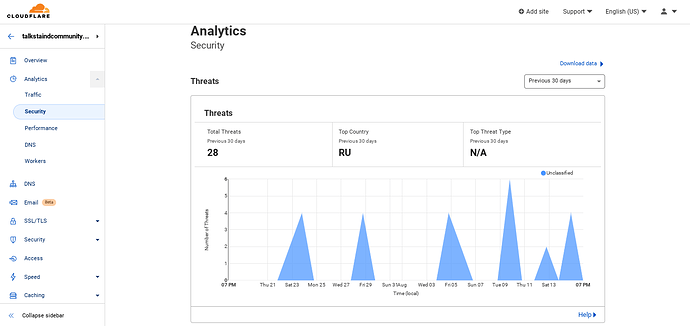
Also, hot linking disrupts web analytics. It’s tough for creators to track engagement and traffic since hot-linked content doesn’t lead to direct site visits. This issue can hinder their content strategy and monetization efforts.
Strategies to Prevent and Combat Hotlinking
Focus on ethical image sourcing and highlighting sources. The following strategies reduce the risks of hotlinking and improve the quality and integrity of online content.
Ethical Image Sourcing
To tackle hot linked items, using images ethically is crucial. It involves sourcing pictures and photos, like getting permission or buying from stock photo sites. Website owners and content creators can honor copyright laws in that way.
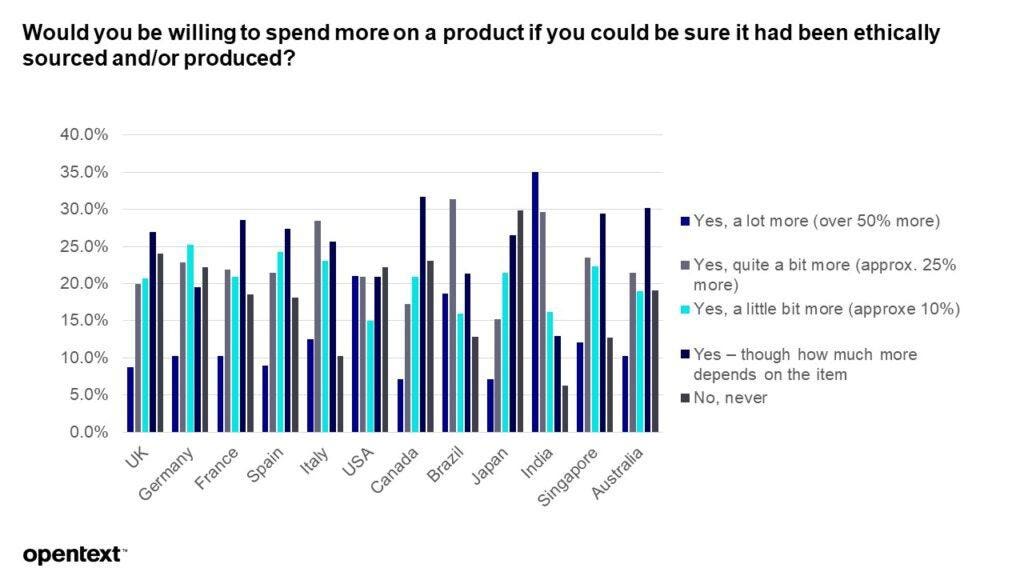
Asking permission is legal and ethical, showing respect for the creator’s effort. Often, it comes with usage guidelines, benefiting both parties. It also fosters a respectful, cooperative online community.
Many online platforms offer vast selections of royalty-free or Creative Commons images. These are accessible alternatives to hotlinking. They allow legal, ethical image use without copyright worries. They provide various options for creative projects while adhering to legal and ethical norms.
Promoting Original Sources Over Direct Hotlinking
Combating hotlinking involves promoting the use of sources. This means directing users to the content owner’s site rather than embedding the content. Linking to the source benefits websites and respects the creator’s rights.
This method has many advantages. It drives traffic to the content owner’s website, increasing their audience. It also maintains the content’s context and integrity, benefiting creators and users.
Encouraging the use of sources fosters an online culture of respect. It shows commitment to ethical sharing and sets a positive example online. Choosing sources over hotlinking contributes to a more respectful online environment.
Safeguarding Your Website Against Hotlinking
Protect your website from hotlinked meaning keep control over your content and save server resources. Whether through FTP client adjustments or using a CDN’s capabilities, each method has its benefits. Together, they contribute to a well-rounded strategy against unauthorized use of content.
Implementing Hotlink Protection via FTP Clients
Using an FTP client to prevent hotlinking is an excellent hands-on method for those needing custom settings. It involves modifying your website’s .htaccess file, which controls server behavior.
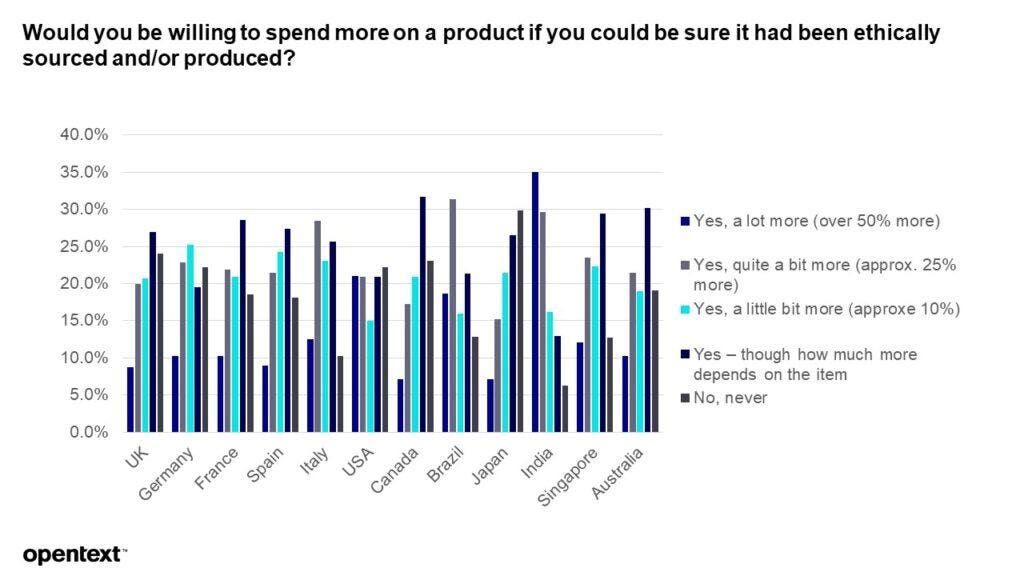
By adding specific code to this file, you can stop external sites from linking to your files again. This allows for tailored protection, like blocking or permitting certain domains.
Yet, be cautious with .htaccess edits, as mistakes can disrupt your website. If unsure, it’s best to consult a web developer or your hosting provider for proper setup.
Leveraging CDN Capabilities for Enhanced Security
A Content Delivery Network (CDN) is a network of servers located in various parts of the world, designed to deliver a website’s content quickly and efficiently. CDNs not only boost website performance but also help fight hotlinking. Many come with built-in hotlink protection, easily enabled via their interfaces.
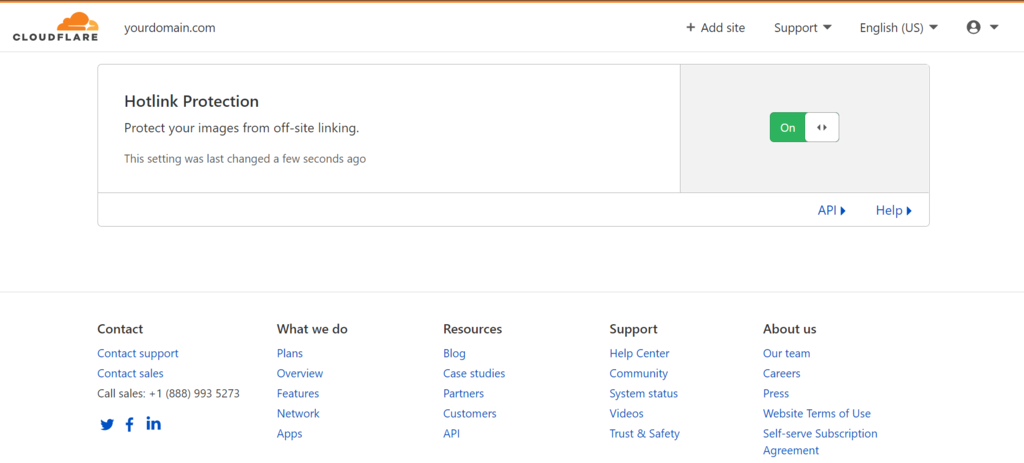 Step-by-Step Guide: Conducting a Website Audit with Netpeak Spider
Step-by-Step Guide: Conducting a Website Audit with Netpeak Spider
Using Netpeak Spider for a website audit involves vital steps for a detailed SEO and technical analysis. Here’s how to use it effectively:
- Data Filters and Segmentation. Focus on specific areas with Netpeak Spider’s filters and segmentation, which is ideal for large websites. Customize these filters and watch the dashboard for a focused audit.
- Real-Time Interactive Dashboard. Check your website crawl live on the dashboard. This gives immediate feedback for quick issue identification and setting adjustments.
- Manage Crawling Settings. Customize crawl parameters to concentrate on vital stats for your site. This enhances the crawl speed and efficiency.
- Templates for Efficiency. Use Netpeak Spider’s templates for crawl settings to save time. Create your own or use defaults for faster setups in future audits.
- Built-in Tools for Depth. Access Netpeak Spider’s tools for deep site analysis — the PageRank calculator, source code checker, and sitemap generator.
- Detailed Reports. Get various reports for in-depth analysis, including optimization audits and site structure check-ups.
- Integrate with Google Analytics & Search Console. Add more depth to your audit with data on traffic and conversions from these integrations.
- Optimize for Heavy Data. Netpeak Spider handles large URL volumes efficiently, allowing in-depth analysis and easy data export.
Next, Netpeak Spider becomes a powerful tool for comprehensive website audits.
Conclusion: Embracing Best Practices and Forward-Thinking Strategies in Digital Asset Management
Now, we’ve explored how to handle online content. This article focused on the ethical, legal, and technical sides of digital asset management. Now we know the hotlinking definition and the value of regular website audits with tools like Netpeak Spider.
Do you want a long-lasting brand? Then, it’s crucial to safeguard intellectual property and secure your content. It’s not just about avoiding issues like hotlinking images but also about enhancing your online presence.
Netpeak Spider is a comprehensive tool for digital asset management. It offers detailed insights for website audits covering SEO and technical areas. Using its features can improve your digital strategy.



.png)
